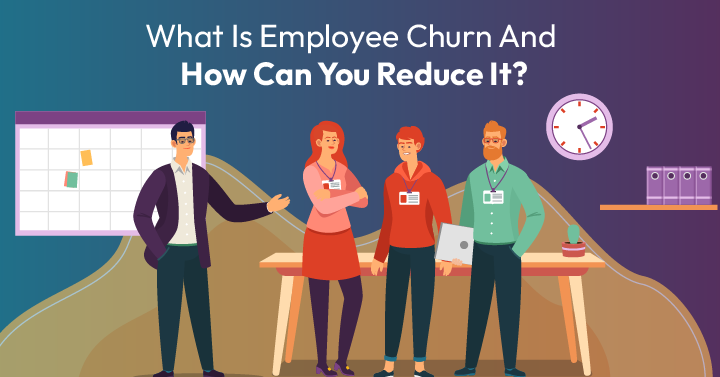5 ways Technology Meets the Trucking Industry
1. Long Distance Trucking Insurance
It should be a fundamental tool in the trucking industry, providing financial protection in the event of loss or damage to cargo in transit.Now, the way carriers and owners insure their cargo is changing radically with the use of technology:- It can be purchased more quickly and efficiently: many insurance companies offer the ability to purchase insurance online, which means coverage can be obtained in minutes
- Use cargo tracking technology like GPS and real-time temperature sensors to help ensure that cargo moves safely and securely: this helps ensure that cargo is transported safely and that quick action can be taken in the event of an incident
- The integration of insurance into transportation platforms: giants such as Uber Freight and Convoy are developing platforms that connect shippers and cargo owners with independent trucking companies and drivers
2. Route optimization
The system uses advanced algorithms to plan the best route for a truck based on multiple factors, including:- Traffic and distance
- Type of road
- Weight and size restrictions
- Delivery schedules
- Enable truck drivers to bypass construction, accidents, and obstructions to save time, reduce driver fatigue, and improve driver safety
- Use of safe and reliable routes reduces the risk of accidents and delivery delays, reducing costs related to insurance claims and late delivery fines
- Helps meet government regulations related to greenhouse gas emissions and carbon footprint reduction: by using more efficient routes, you can reduce greenhouse gas emissions and improve environmental sustainability
3. Process automation
The process of improving the efficiency and productivity of freight transportation processes is best achieved through the use of advanced systems and technologies.Advancements in truck technology and infrastructure allow automated systems to be integrated, increasing efficiency and safety in freight operations.Navigation and route tracking systems, speed control and automatic braking systems, and driver assistance systems to prevent accidents are examples of this.There are several areas, including logistics, safety, and energy efficiency, where process automation has evolved in the trucking industry. With respect to logistics, it has had the effect of:- Improvements in route and delivery planning and scheduling
- Better track and adjust routes or schedules based on delivery status
- Detect potential road hazards and alert drivers to take preventative action, reducing costs and increasing driver and cargo safety
- Help drivers and businesses optimize fuel consumption and lower operational expenses
- Reduce fuel consumption by avoiding routes with heavy traffic or adverse weather conditions
4. Real-time monitoring
This system allows transportation companies to have total control over their fleets, helping them to operate with greater efficiency, safety and profitability. Among its advantages are:- Knowing the exact location of your vehicles through the installation of GPS tracking devices in the vehicles that transmit information on their position, speed and direction in real-time. This allows you to know where your trucks are at all times. You also know how long it will take them to reach their destination
- You can monitor fuel consumption, tire wear and engine temperature, among other parameters, and know the status of your trucks and drivers at all times. Avoid potential breakdowns and delivery delays by identifying and resolving problems immediately
- Gain real-time driver performance data including speed, driving and rest time, and seatbelt usage. Using this information, companies can identify dangerous behaviors and take steps to correct them, thereby improving driving safety
- Better plan routes and reduce delivery times: Adjust routes in real time to avoid congestion and arrive on time. The result is more efficient operations and greater customer satisfaction
5. Connectivity and Communication
These are two key elements that are revolutionizing the trucking industry.Technological advances in these areas have significantly improved the efficiency, safety, and profitability of the industry by enabling truck drivers to communicate in real time with their vehicles, other drivers, and trucking companies. Benefits include:- Permanent connection to Internet and carrier systems: they can receive crucial information about road conditions, weather, traffic, and any mechanical or technical issues that may arise
- Communication between vehicles and road infrastructure: to report on their progress, receive route updates, and plan their schedules more efficiently
- Collaboration and coordination between drivers and transportation companies: to report on their progress, receive route updates, and better plan their schedules
 Interested in Virtual Team Building Events?
Interested in Virtual Team Building Events?





















